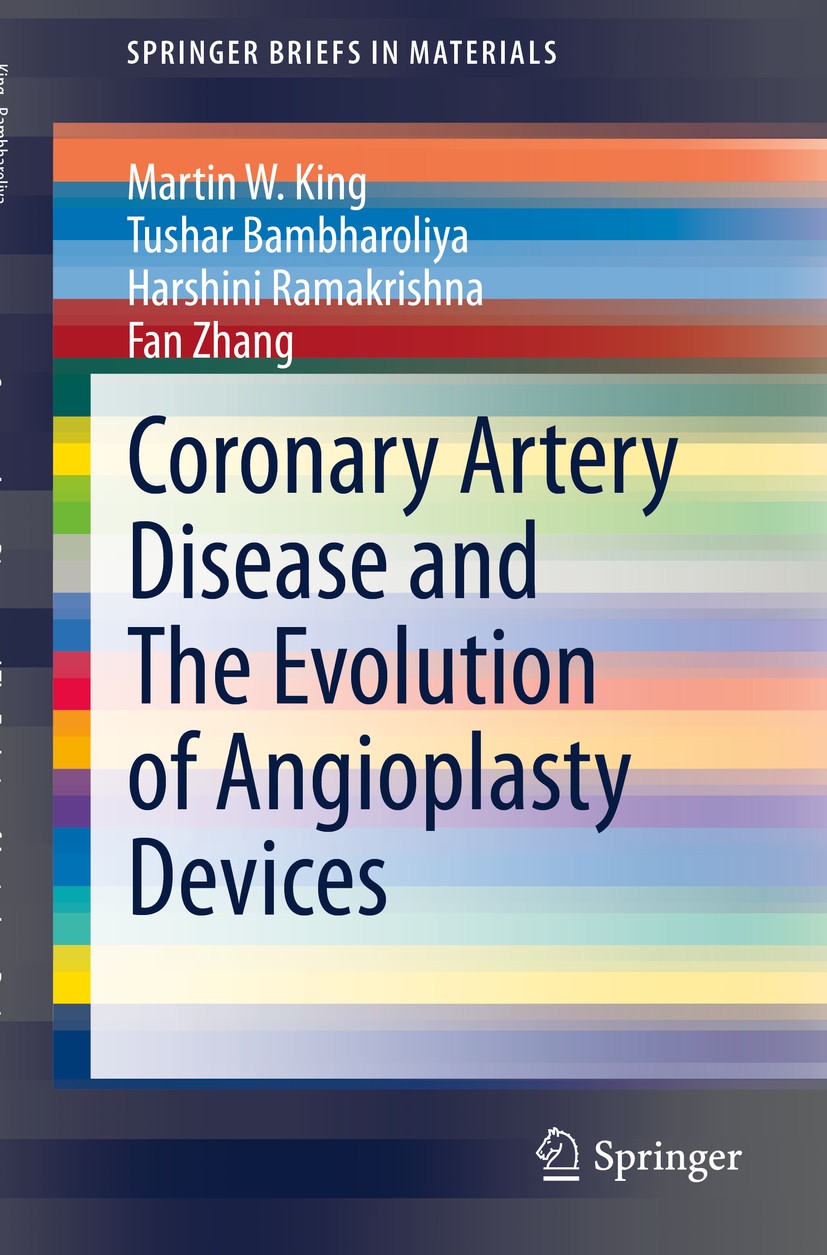| 书目名称 | Coronary Artery Disease and The Evolution of Angioplasty Devices | | 编辑 | Martin W. King,Tushar Bambharoliya,Fan Zhang | | 视频video | http://file.papertrans.cn/239/238306/238306.mp4 | | 丛书名称 | SpringerBriefs in Materials | | 图书封面 |  | | 描述 | .In this concise but authoritative book, the authors take the reader through the epidemiology, risk factors and the basic mechanism of coronary artery disease. In addition, they explain how coronary microvascular dysfunction can lead to angina, even after successful angioplasty following a heart attack. The methods for diagnosis and the options for treatment are explained, ending with a discussion of the evolution of coronary angioplasty from balloon catheters to novel, fully resorbable polymeric drug eluting stents. Enclosed is a list of currently available commercial devices, as well as a listing of experimental products under research and development, so that readers can appreciate the serious nature of this disease and have an understanding of how the medical device sector is attempting to address this major healthcare problem. Globally in 2010, ischemic heart disease was the cause of 13.3% of all deaths. In the US alone, the direct medical costs from coronary artery disease andstroke are currently estimated to be $126 billion per year, and are expected to rise to $309 billion by 2035.. | | 出版日期 | Book 2020 | | 关键词 | Coronary artery disease; Coronary angioplasty; coronary microvascular dysfunction; drug eluting stents; | | 版次 | 1 | | doi | https://doi.org/10.1007/978-3-030-42443-5 | | isbn_softcover | 978-3-030-42442-8 | | isbn_ebook | 978-3-030-42443-5Series ISSN 2192-1091 Series E-ISSN 2192-1105 | | issn_series | 2192-1091 | | copyright | The Author(s), under exclusive license to Springer Nature Switzerland AG 2020 |
The information of publication is updating

|
|
 |Archiver|手机版|小黑屋|
派博传思国际
( 京公网安备110108008328)
GMT+8, 2025-11-12 20:31
|Archiver|手机版|小黑屋|
派博传思国际
( 京公网安备110108008328)
GMT+8, 2025-11-12 20:31


